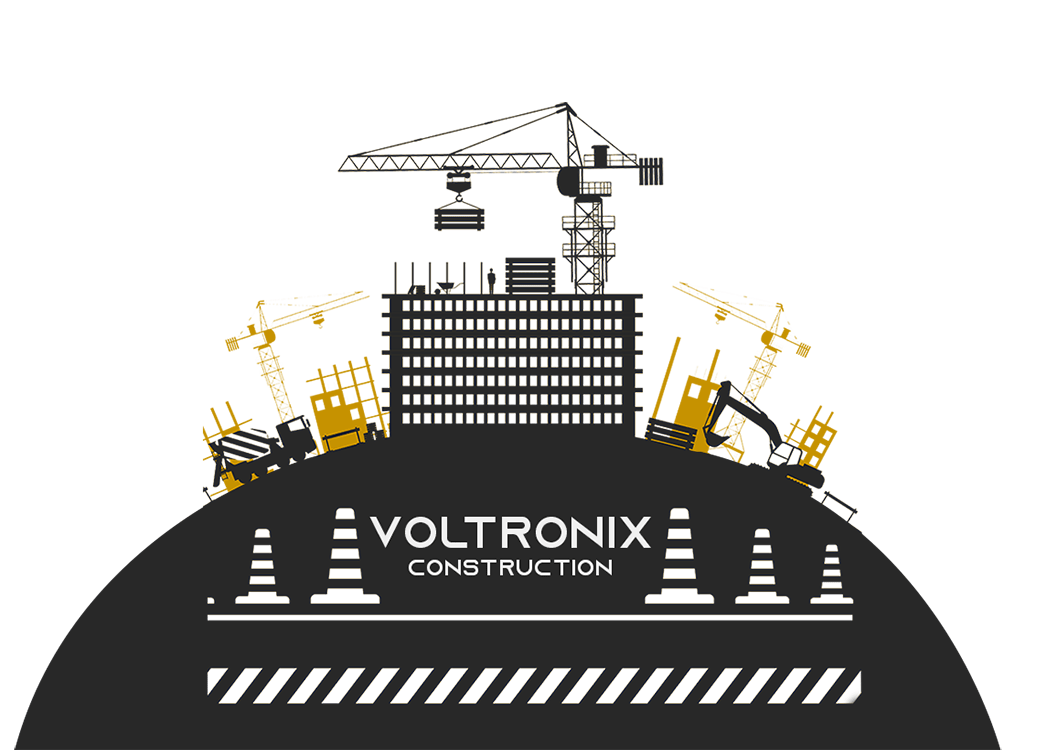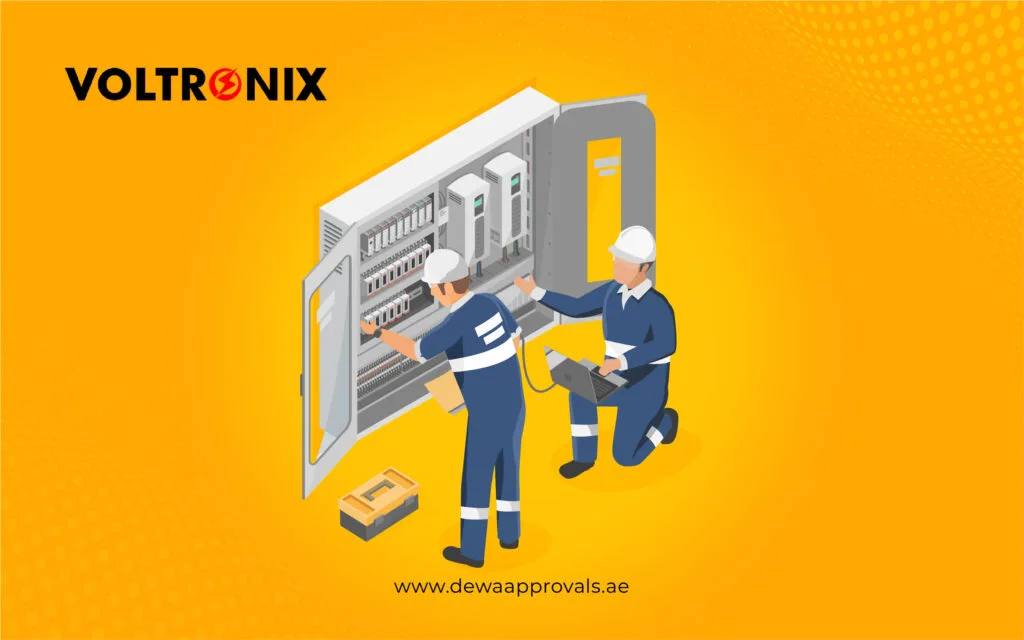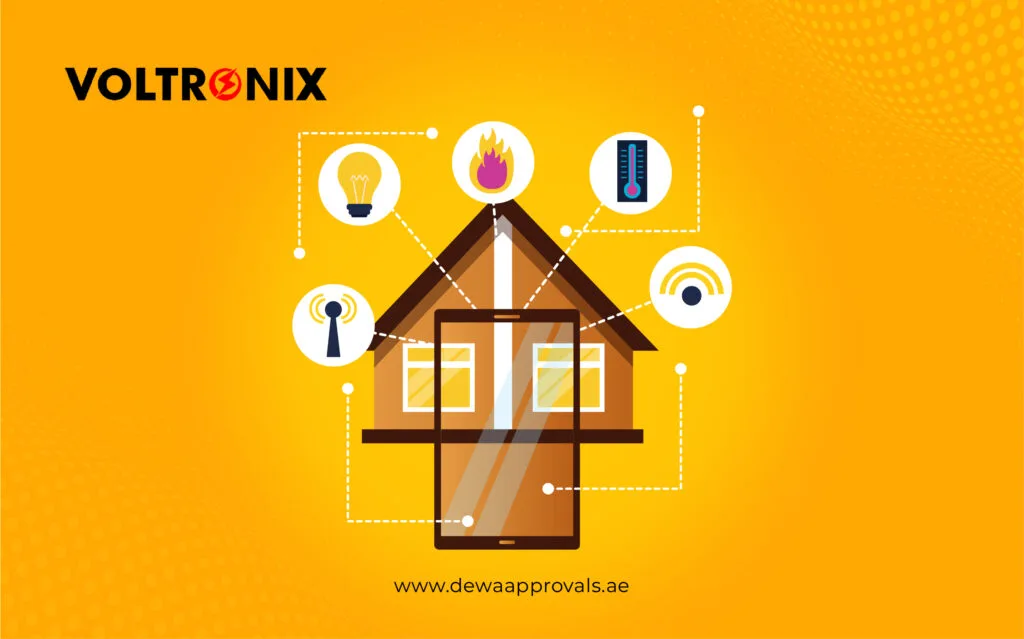Almost every modern homeowner has made energy-efficient lighting a priority. What’s not to like about lower prices and improved performance? Lighting modifications are thus one of the quickest and most straightforward ways to improve house efficiency, and with good reason. Do you want to learn about the benefits of installing new energy-efficient lighting in your home? To find out, continue reading below.
Benefits of High-Efficiency Lighting
In its most basic definition, an energy-efficient appliance or device is one that provides more performance while using less energy. However, you stand to benefit a lot more when it comes to lighting options like LED or CFL fixtures and bulbs:
- Longevity
One of the most significant advantages of energy-efficient LED lighting is its long life span. LED bulbs and diodes have an impressive operational life expectancy of 50,000 hours on average. So, if you leave your lights on 24 hours a day, every day, for nearly 6 years, that’s a lot of money! They don’t actually burn out and stop working like a regular light. They generate lower output levels and become less bright with time.
- Friendly to the Environment
Toxic chemicals aren’t used in LED lights. The majority of traditional fluorescent lighting bulbs include a variety of environmentally hazardous chemicals, such as mercury. Therefore, LED lights are entirely recyclable and contain no harmful ingredients, allowing you to cut your carbon footprint by up to a third. Because of the long operating life, one LED light bulb can save the equivalent of 25 incandescent light bulbs in terms of material and production. So, it is a significant step in the direction of a more environmentally friendly future!
- Quality that lasts
LEDs are exceptionally long-lasting and are constructed with rigid components that can resist even the harshest environments. Because LED lights are resistant to stress, vibrations, and external impacts, they are ideal for harsh weather, wind, rain, or even external vandalism, as well as traffic-related public exposure and construction or manufacturing sites.
- Flexibility in design
To provide highly efficient illumination, LEDs can be combined in any configuration. Individual LEDs may be dimmed, allowing for dynamic light, colour, and distribution management. LED lighting systems that are well-designed can produce spectacular lighting effects that are pleasing to the eye, as well as to the mood and mind. LED mood lighting is already in use on flights, in classrooms, and in a variety of other places. Plus, we should expect to see a lot more LED mood lighting in our daily lives in the coming years.
- Extremely cold or hot temperatures are not a problem.
LED lighting is suited for use in cold and low-temperature environments. Low temperatures can harm fluorescent lamps’ performance and make them difficult to use. In contrast, LED lighting works well in cold environments, such as outdoor winter settings, freezer rooms, and so on.
- Low-Voltage
LED illumination requires only a low-voltage power supply. This allows us to use LED lighting in the outdoor settings by attaching an external solar-energy source. Hence, this is a significant benefit for deploying LED technology in distant or rural places.
- Reduced energy costs
When compared to standard incandescent bulbs, both LED and CFL bulbs use significantly less energy. An LED should consume a tenth of a watt or less, while a CLF should use half to an eighth of a watt on average. Therefore, when it comes to single bulbs, the difference is minor. However, the difference is enormous when it comes to whole-house and outdoor lighting changes.
- Frequent Switching & Instant Lighting
When LED lights have the capacity to instantly brighten any place. Hence, this offers significant benefits for infrastructure projects such as traffic and signal lights. LED lights can also be turned on and off repeatedly without impacting the LED’s lifetime or light output. On the other hand, traditional lighting can take several seconds to achieve full brightness, and frequent on/off switching substantially reduces operational life.
- Light Disbursement
LEDs are designed to focus their light and sometimes direct to a specific spot without the use of an external reflector. This results in a greater application efficiency than traditional lighting. Thus, quality LED lighting systems can distribute light more effectively to the necessary place.
- UV Emissions are ZERO
LED lighting emits very little infrared light and almost no UV radiation. As a result, LED lighting is well competent not only for heat-sensitive goods and materials (due to the low radiated heat output) but also for illuminating UV-sensitive artifacts or materials in museums, art galleries, and archaeological sites.
Do you want to reap the benefits of energy-efficient lighting in your home? Contact DEWA Approved electrical Contractors right away! We can easily meet your requirements for optimally effective lighting. All it takes is a short phone call or an online message to reach out to our team!
Contact us today for a Free Estimate for Electrical solutions in Dubai and the nearby areas!









